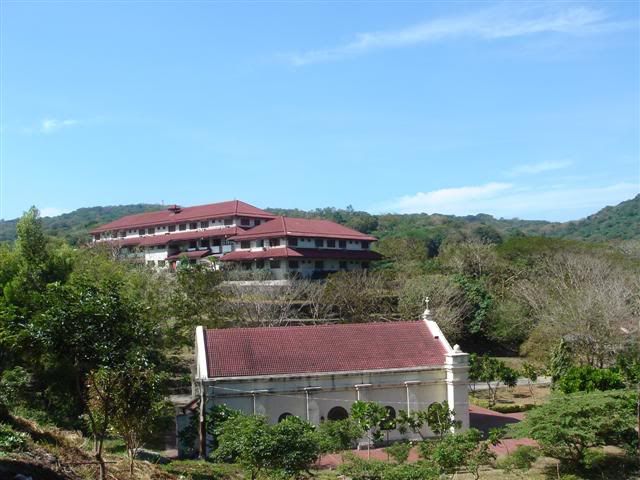 I have something a bit different to post this time. Back in January of this year I was lucky enough to get a chance to visit Corregidor in the Philippines. The last holdout of American forces in the Philippines after the invasion by Japan during WWII, it's now a Philippine National Park. Located on the Island are the remains of batteries, barracks and shelters from the war, as well as memorials and a rather nice museum honoring those who fought. In addition, the island itself is beautiful and hosts a single hotel and restaurant for those who want to make an overnight trip.
I have something a bit different to post this time. Back in January of this year I was lucky enough to get a chance to visit Corregidor in the Philippines. The last holdout of American forces in the Philippines after the invasion by Japan during WWII, it's now a Philippine National Park. Located on the Island are the remains of batteries, barracks and shelters from the war, as well as memorials and a rather nice museum honoring those who fought. In addition, the island itself is beautiful and hosts a single hotel and restaurant for those who want to make an overnight trip.Visits to the island are handled mainly by a contracted tour operator that runs a ferry service and operates the hotel on the island. Basic packages include either a day trip or an overnight visit. Both include a guided tour, but the overnight stay gives you a good deal of time to explore the island on your own outside of the tour.
My fiancee and I only got to take the day trip, but we're hoping to have the chance to go back and stay overnight.
The island was originally fortified by the Spanish to protect Manila Bay. When the US took over they further strengthened the defenses. It served as MacArthur's headquarters during the fighting in Bataan, and when Bataan fell Corregidor became the last outpost of American forces in the Philippines until forced to surrender after the Japanese landed forces on the Island.
When US forces returned to the Philippines, the island was recaptured with a combined airborne and amphibious operation. The tour guides point out bullet holes and grenade shrapnel damage around some of the ammunition bunkers where the Japanese holed up and had to be dug out by the Americans.
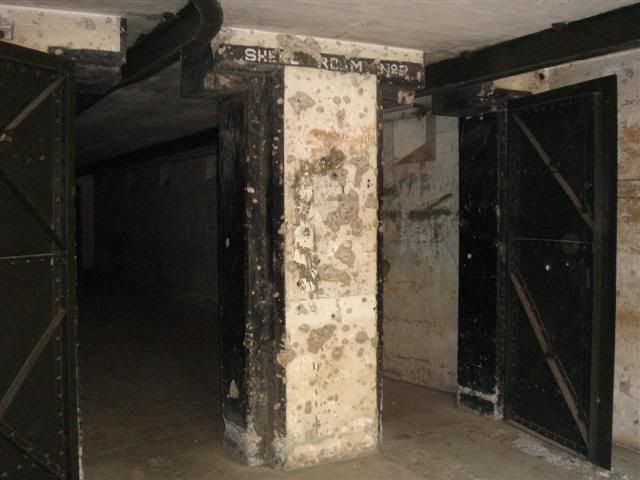
Most of the pre-war structures are in ruins having been destroyed by the Japanese shelling of the island during the siege. The underground bunkers and the guns themselves are in the best condition.
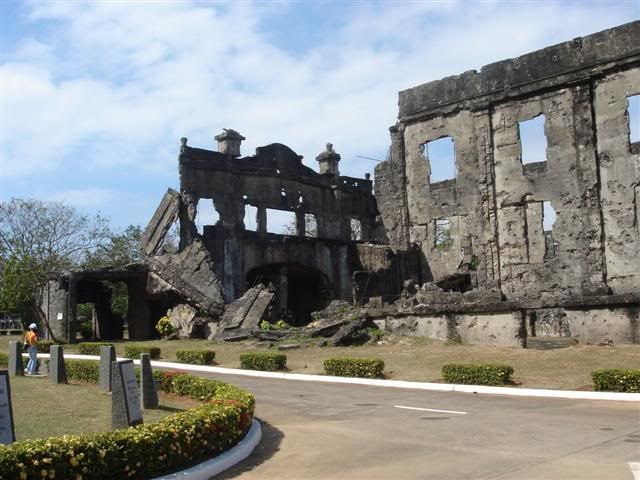
Some of the batteries we saw on the tour included the 12 inch gun in Battery Hearn, the four 12 inch mortars in Battery Way, and the two 12 inch "disappearing" guns in Battery Crockett, and their 10 inch counterparts in Battery Grubbs.
The gun in Battery Hearn is the largest on the island.
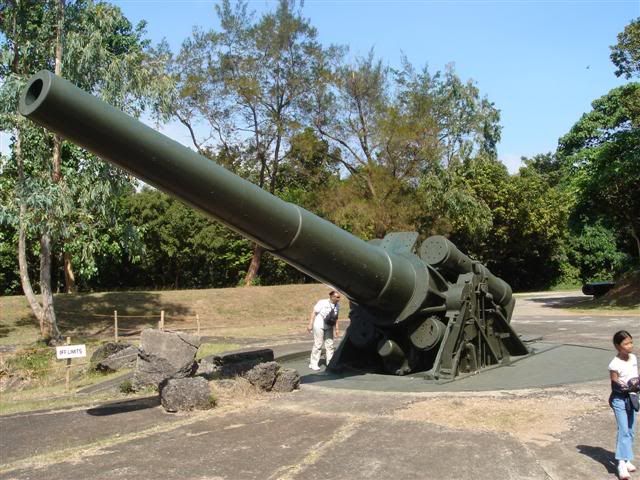
The mortars in Battery Way were considered obsolete by the time of the invasion and had recently been decomissioned, but were quickly brought back into action after the invasion began.
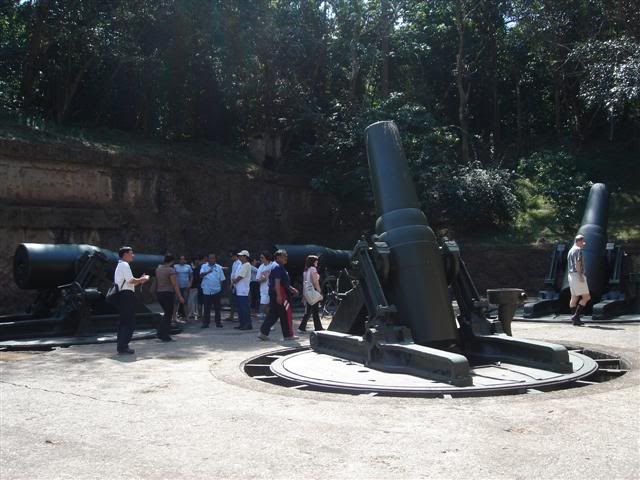
The guns in Battery Crockett and Grubbs were considered to be "disappearing" guns because they were mounted on elaborate carriages that raised the gun above its protective emplacement for firing, and then lowered it back down for reloading.
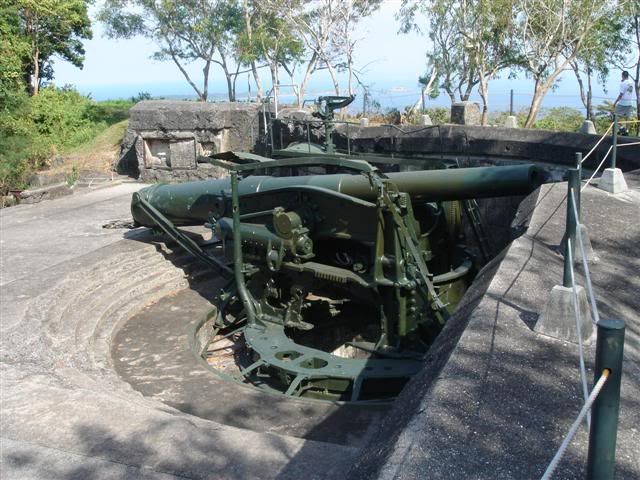
I highly recommend visiting if you are ever in the Philippines. The scenery is beautiful, and should entertain any travelling companions you have who aren't as interested in the history. I also recommend getting a copy of The 25 Best World War II Sites, Pacific Theater : The Ultimate Traveler's Guide to the Battlefields, Monuments and Museums
No comments:
Post a Comment